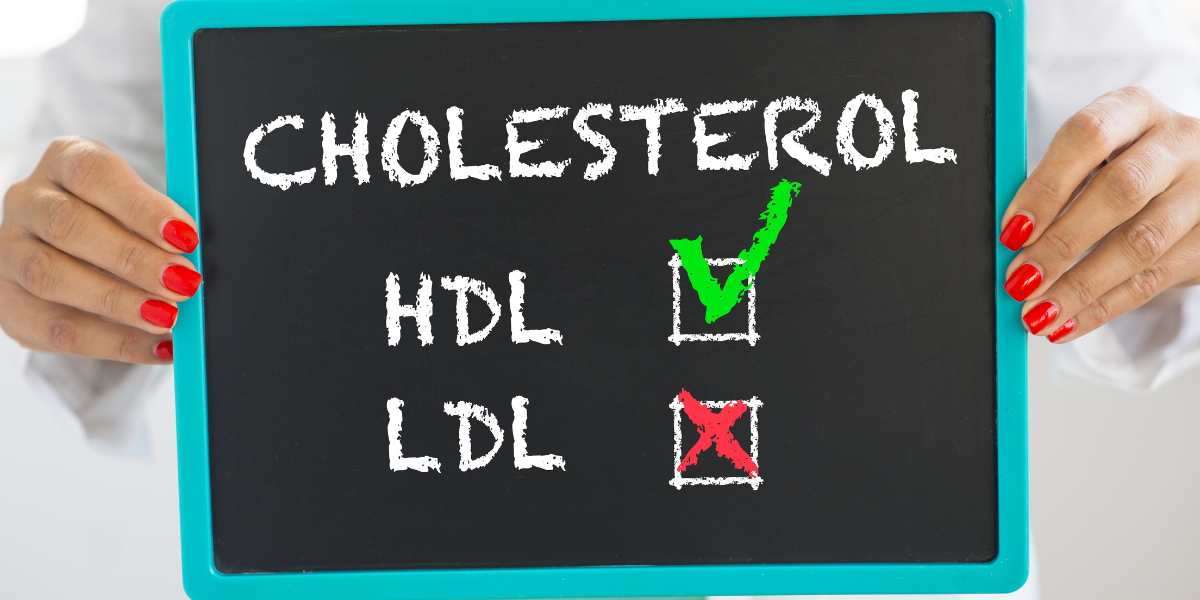Lifestyle measures are the key to increasing our HDL-C levels. We've listed 10 tips to increase HDL-C levels.

HDL cholesterol is 'good cholesterol', while LDL cholesterol is 'bad cholesterol'. (Commons)
Thanks to the casual usage of the word “cholesterol”, there exists a false belief that all cholesterol is bad for you. However, in reality, we all have what is called good cholesterol and bad cholesterol.
HDL cholesterol (HDL-C) is the “good” cholesterol in our body, while LDL cholesterol is the “bad cholesterol”.
Dr Sudhir Kumar, Consultant Neurologist at Apollo Hospitals, Hyderabad, explains that lower levels of HDL cholesterol are associated with a higher risk of heart attack and stroke. On the other hand, higher HDL cholesterol levels are associated with lower risk of heart attacks, stroke, and premature death.
Lifestyle measures are the key to increasing our HDL-C levels. Here are the 10 tips to increase HDL-C levels:
1. Good sleep: Highest HDL-C levels were seen in people sleeping seven hours. HDL-C levels sharply reduced in people sleeping for four hours or less. There is a U-shaped relationship between sleep duration and HDL-C levels. Sleep duration >7 hours or <6 hours increases the risk of low serum HDL-C levels.
2. Aerobic exercises: Exercises such as running, brisk walking, cycling, or swimming increases HDL-C levels. Aim for 4-5 sessions per week.
3. Resistance (strength) training: Aim for 3 sessions of strength per week.
A combination of aerobic exercises and strength training has more beneficial effects on HDL-C levels than either of them alone.
4. Quit smoking: HDL-C levels decrease with smoking, and increases after cessation of smoking (among smokers).
5. Limit alcohol consumption: Light to moderate alcohol intake can increase HDL-C levels, however, heavy drinking can increase total cholesterol, LDL, and triglycerides — all unhealthy for the body.
6. Keep adequately hydrated: Chronic under-hydration and habitual low water intake are associated with higher cardiometabolic risks, including low HDL-C levels.
7. Dietary changes: Consume olive oil, avocado, nuts (a handful), and seeds like chia seeds. Eat a low-carbohydrate diet. Choose purple produce (rich in anthocyanins), such as eggplant, red cabbage, blueberries, blackberries, and black raspberries. Several fruits and vegetables are rich in anthocyanins. Eat fatty fish often like salmon, tuna, mackerel, and sardines.
8. Drink black coffee: Black coffee (5 cups or more/day) without additives is associated with higher HDL-C levels. Green tea consumption, however, is not associated with HDL-C levels.
9. Lose weight: Being obese or overweight is associated with lower levels of HDL-C.
10. Manage stress: Stress triggers inflammation that can lower HDL-C levels. Meditation, relaxation, taking periodic vacations, engaging in hobbies, etc, can help manage stress.

Jul 26, 2024

Jul 26, 2024

Jul 26, 2024

Jul 26, 2024

Jul 26, 2024

Jul 26, 2024